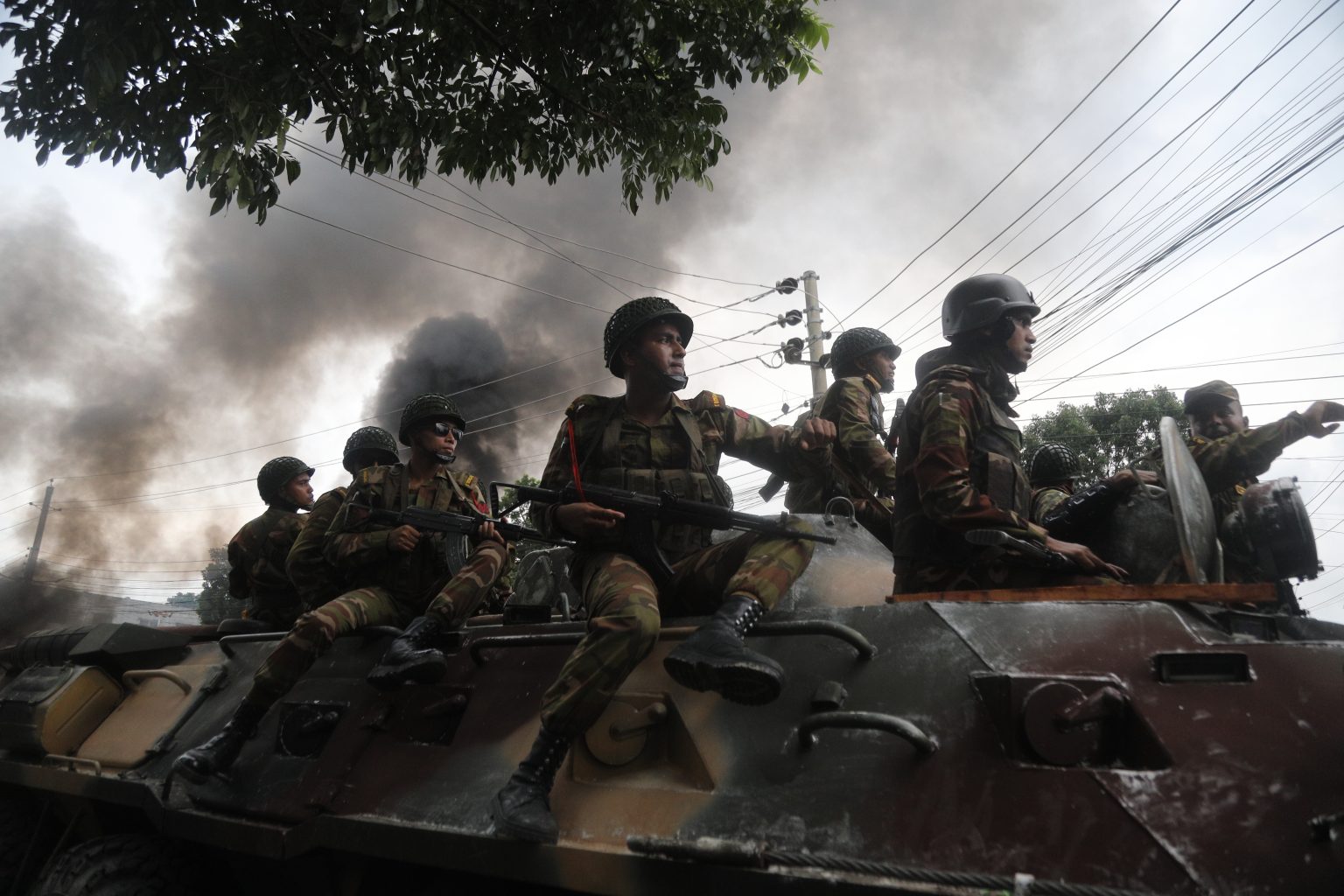July 19, 2024. On this day, the Awami League government faltered in the face of a massive student-led public uprising, ultimately deploying the military across the country. Bullets were fired, and several innocent lives were lost.
But exactly two weeks later, on August 3, a new sense of hope emerged. In a significant address to officers, Army Chief General Waqar-uz-Zaman stated clearly, “This is a political crisis, and it requires a political solution. The military will not become a political instrument.”
That statement seemed to draw a definitive line between the state and the people—clarifying the military’s position as a guardian of constitutional order, not a player in political affairs. It marked, many believed, a moment when the armed forces had truly aligned themselves with the people, having learned from past mistakes.
But one year later that belief now stands fractured, undermined by the events in Gopalganj.
On July 16, 2025, the National Citizen Party (NCP) staged a political march that turned Gopalganj into a battleground. Violent clashes broke out between the supporters of Awami League, its banned student wing and combined security forces. Gunfire from forces left at least five people dead.
Among the victims were a rickshaw-puller, a garment trader, a construction worker, and others who had merely been bystanders. Some were filming the event, others might have joined the protest out of anger or frustration. None of them, according to their families, had any active political affiliations. Yet, they paid the price with their lives.
The military’s public relations office, the Inter-Services Public Relations (ISPR), issued a formal statement. But when viewed alongside circulating video footage, a troubling contrast emerges: protestors were seen throwing stones, wielding sticks—yet no evidence has surfaced that the civilian side used firearms.
So why did the combined forces open fire? Is the military trained solely for combat zones—or are their weapons now tools for suppressing civilian dissent?
Further questions arose when NCP’s top leaders were seen leaving the scene in military armoured vehicles, while government advisers monitored the situation from a police ‘control room.’ This has raised pressing concerns about the level of coordination between the military and the Home Affairs Advisor.
Currently, the NCP’s rallies across the country are being secured by combined forces. To many, it appears that the military has aligned itself with the NCP under the guise of “state security.” Analysts warn that if this perceived patronage continues, it may severely damage the prospects of a competitive election and potentially undermine the very backbone of democracy.
And what happens if the military continues to shelter a particular political group during the elections? How will voters feel confident enough to approach polling booths? Can people cast their ballots freely under the shadow of the gun—or will fear, apathy, and uncertainty define a new kind of ‘electoral reality’?
In his August 3 speech, the army chief had said, “The military is a part of this society.”
But if that’s the case—why has this institution, once seen as a symbol of public trust and national hope, stained its hands with the blood of ordinary citizens?
And if the military is indeed being used to shield political actors, then that once-hopeful declaration by the army chief now rings hollow.
The people of Bangladesh have bled too many times in the fight for democracy. Just recently, during the July uprising, hundreds of young lives were lost. The true maturity of the state would be reflected not in dragging the military into this cycle of bloodshed—but in upholding its place under the shade of the Constitution.
And so, the question remains: do we want to witness politics once again dictated by the shadow of guns, or do we dare to imagine democracy illuminated by dialogue and courage?


